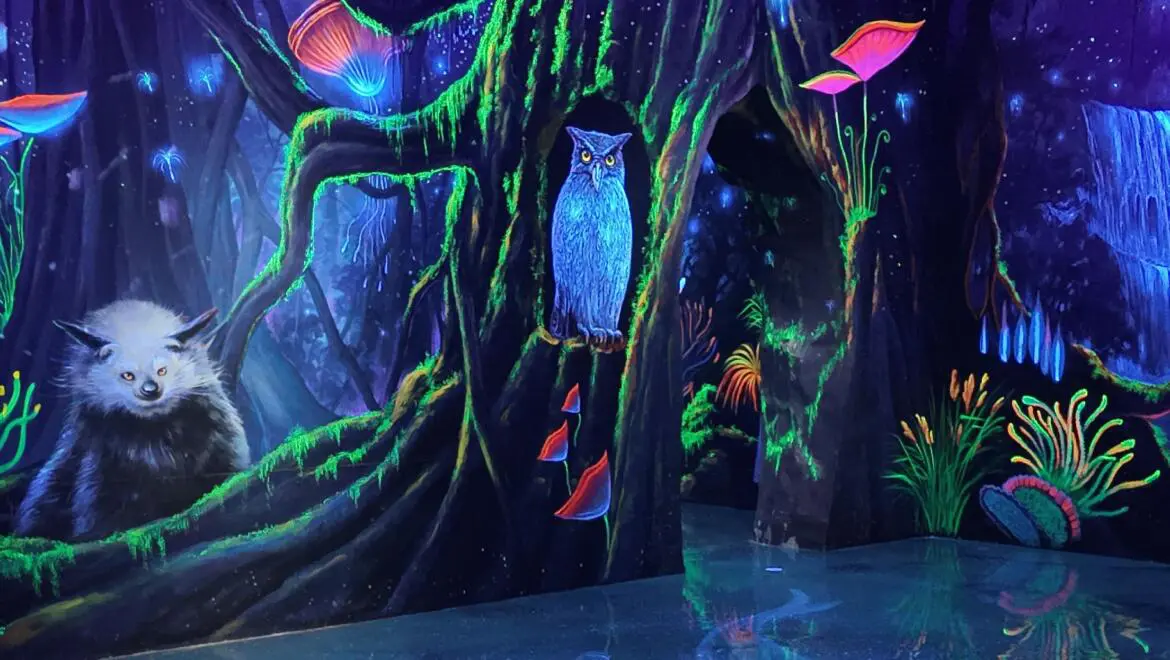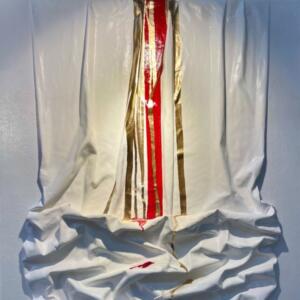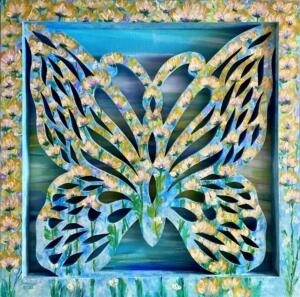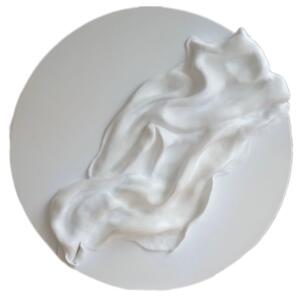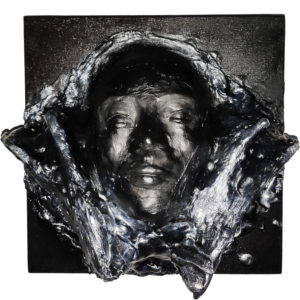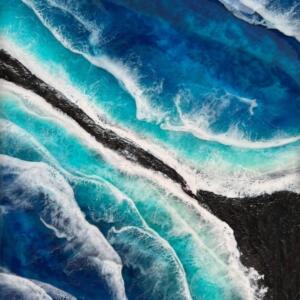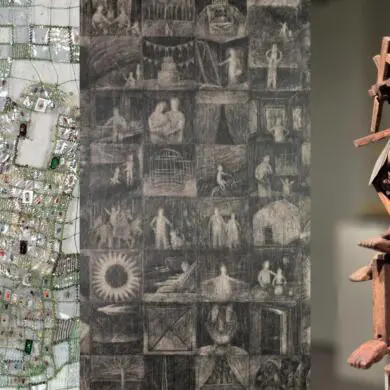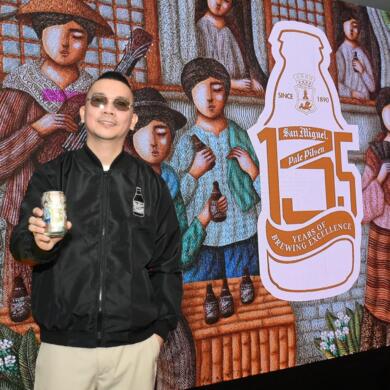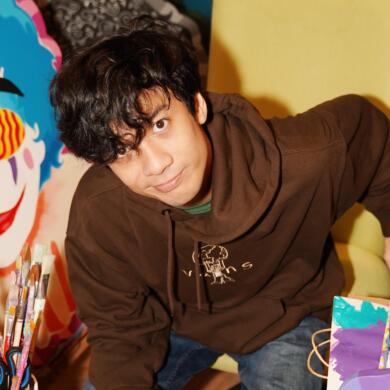Sculpture, installations, and product design are examples of three-dimensional (3D) art, which takes up physical space. The shape is two-dimensional, while the form is three-dimensional. 3D artists sometimes use light and shadow to create a sense of depth. For centuries, artists have been creating 3D art using materials such as stone, clay, and bronze.
Due to the growing use of digital technology, 3D art has become an essential tool for architects, engineers, artists, and designers. The emergence of computer graphics in the 1960s marked a significant turning point, and the development of specialized 3D modeling and rendering software has drastically transformed the field.
Even during the Renaissance, artists like Leonardo da Vinci and Michelangelo used techniques to create depth in their works. However, only during the 1960s, with the emergence of computer graphics, 3D art evolved as a distinct form. Nowadays, 3D art is continuously used in various fields, such as entertainment and architecture, because of the development of 3D moedeling software. The qualiy of 3D graphics has also improved significantly due to technological advances, and 3D printing has opened up new possibilities for creative expression.
In 3D art, artists explore various styles and trends. Photorealism is one of these trends, where artists use advanced technology to create highly realistic 3D models. On the other hand, some artists may prefer abstract or experimental styles that focus on shape, color, and texture. Motion graphics are another popular trend involving animated 2D and 3D graphics for visual effects in advertising and film. Virtual reality technology allows artists to create immersive and interactive experiences. at the same time, 3D printing lets artists turn their digital designs into physical objects. Also, generative art is a unique style that uses algorithms and computer programs to create intricate and unexpected media.
3D Art in the Philippines
In recent years, 3D art has become increasingly popular in the Philippines, with many artists using this medium to create interactive and captivating experiences. The Art in Island Museum in Quezon City is a prominent example of 3D art in the Philippines, featuring enormous 3D murals and installations that allow visitors to engage with and capture photos.
Walk-through of Art in Island in Quezon City. Video: Oliver Oliveros; Editing: Jilardon Bamba
Many Filipino artists are experimenting with 3D art in various forms, such as digital sculpture, animation, and graphic design. As digital tools, and software become more advanced, more artists can use computers to produce 3D art, opening new horizons for creative expressive and innovation.
These artists from FilipinoArtPH push boundaries in creating 3D art: Irma Blanche Domingo of Quezon City, Tany Gail Nosce of Manila City, Beverly Novillos of Tarlac City, Mikaela Mutuc of Pasay City, and Car Lastimosa of Parañaque City. — Toby Denise Concepcion

